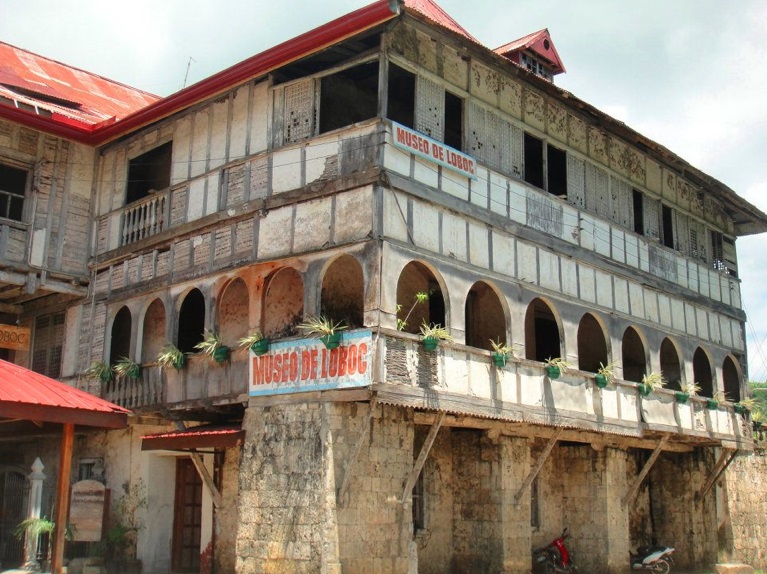


Together with his brothers Manuel and Jose, Architect Bobby Mañosa designed the San Miguel Corporation Complex in Ortigas Center. Photo via San Miguel Corporation Properties The famous man-made park has faced many natural disasters, cultural transitions, political climates, and yet remains as the city’s landmarks.ĭuring the planning of the design of the park, Mañosa and his associates wanted the Quezon Memorial Monument to be its spiritual center. The master plan of the Quezon City Memorial Circle was created by Mañosa’s architectural firm, Mañosa & Company. In 2019, the National Commission for Culture and the Arts (NCCA) considered the Shrine of Mary, Queen of Peace, an “important cultural property” so Mañosa’s and other architects’ and artists’ works in the shrine will receive government funding for their conservation and restoration. Based on the requirements of his client, Mañosa did a few modifications to his original design, resulting in a promenade highlighting the Blessed Virgin. In its original design, “structural outline of the bahay kubo ” was adapted, making it one of the remarkable works of Francisco Manosa. The image of Our Lady Queen of Peace was sculpted in bronze by the late artist Virginia-Ty Navarro. Let’s honor the Father of Philippine Neo-Vernacular Architecture by looking back to his life’s proudest and most notable works: Most Notable Works of Architecture by Francisco Mañosa EDSA ShrineĪ symbol for the nation’s love for freedom as the site of two People Power movements, Our Lady of EDSA Shrine on Ortigas Avenue was done by Mañosa in collaboration with National Artist for Architecture Leandro Locsin and Architect William Coscolluela. In his passing last February 20, 2019, the nation might have lost an icon and a visionary, but Architect Mañosa’s legacy will live on -forever etched in the country’s identity and history. With this, his aim is to showcase Philippine vernacular architectures in modern structures that reveal Filipino virtues in its tropical context. You would know that you are looking at one of Bobby Mañosa’s works because he combines indigenous materials with technological processes.

He also promoted the use of indigenous materials such as coconut, bamboo, rattan, and capiz. It is no wonder that Francisco Mañosa’s works are built for the Philippines’ tropical and monsoon seasons. He emphasized the need for the Philippines to develop its own architecture-to stop copying other cultures and build from and for home. “Architecture must be true to itself, its land, and its people,” exalted the architect. For him, Philippine vernacular architecture is best reflected in the primitive and primordial traditions of the Philippines, hence his fondness for getting inspiration from the bahay kubo and the bahay na bato when creating structures to be branded as “ Bobby Mañosa’s works. He pioneered the art of Philippine neo vernacular architecture. Neo vernacular architecture is a way of asserting the distinctiveness of Filipino architecture by dominating an architectural design with Filipino architectural features.Īrchitect Francisco Manosa strived to determine and showcase the Filipino architectural archetype-the architectural design representing true Filipino culturally and environmentally–in his works.
#BAHAY NA BATO ARCHITETURE PHOTO FREE#
To make Philippine architecture distinct or free from foreign influences, determining the “vernacular” architecture of the country is essential. In reality, architectural structures are cultural artifacts produced by nationalism and, at the same time, an agent to propagate the sense of nationalism. His quest to define Filipino architecture, through incorporating indigenous elements and materials in his works, rightfully positioned him among the country’s greats as he was conferred as a National Artist for Architecture and Allied Arts in 2018.Īrchitecture is not just design or beautification of structures. Up until this day, these remain evident in many national buildings, educational institutions, as well as in modern residential and commercial developments.Īt a time when this seemed to be the norm for many of the country’s architectural firms, one man, in the form of late Architect Francisco “Bobby” Mañosa emerged as one of the most influential voices who rallied for uniquely-Filipino designs. Philippine architecture is perhaps more aptly described as a hodgepodge of foreign influences.


 0 kommentar(er)
0 kommentar(er)
